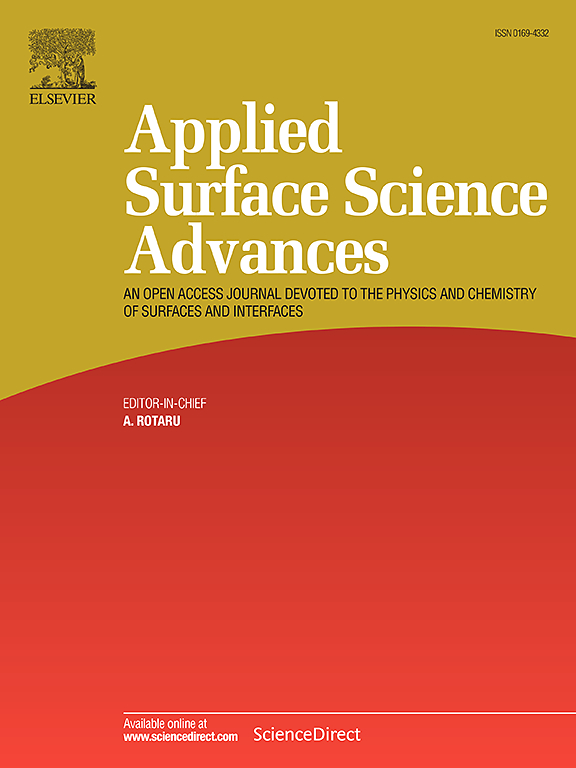One-step mass-production of CeO2 nanoparticles embedded in free-standing porous carbon as haloperoxidase mimetic coating to combat biofouling on steel surface
IF 7.5
Q1 CHEMISTRY, PHYSICAL
引用次数: 0
Abstract
Marine biofouling poses significant challenges for maritime industries, leading to increased maintenance costs and ecological disturbances. While Cu-based biocide coatings are effective in combating biofouling, they raise environmental concerns and have limited lifespans. This has spurred interest in sustainable alternatives inspired by marine organisms, such as haloperoxidases (HPOs) found in certain algae, which can convert H2O2 and Br− in seawater into HOBr to mitigate biofouling. However, the practical implementation of HPOs is limited by their stability and cost. Nanozymes like CeO₂ have emerged as promising alternatives; however, conventional coating methods—typically involving the replacement of Cu-based biocides with CeO2 nanoparticles (NPs) in resin—restrict their exposure to H2O2 and Br⁻, resulting in significant activity loss. This study presents a simple method for mass-producing CeO2 NPs embedded in free-standing porous carbon as HPO mimetics. The optimized sample demonstrates exceptional HPO-like activity and antibacterial performance. Most importantly, we have shown that these HPO mimetics can be directly grown on steel surfaces during preparation, eliminating the need for a dispersant. This direct coating technique effectively addresses the challenges associated with conventional resin method, facilitating the development of a sustainable antibacterial and antifouling coating with preserved activity.

一步法量产CeO2纳米颗粒包埋在独立多孔碳中作为模拟卤素过氧化物酶涂层以对抗钢表面的生物污染
海洋生物污染给海运业带来了重大挑战,导致维护成本增加和生态干扰。虽然cu基杀菌剂涂层在对抗生物污染方面是有效的,但它们会引起环境问题,而且寿命有限。这激发了人们对可持续替代品的兴趣,这些替代品受到海洋生物的启发,例如在某些藻类中发现的卤过氧化物酶(HPOs),它可以将海水中的H2O2和Br -转化为HOBr,以减轻生物污染。然而,HPOs的实际实施受到其稳定性和成本的限制。像CeO₂这样的纳米酶已经成为很有前途的替代品。然而,传统的涂层方法——通常是用树脂中的CeO2纳米颗粒(NPs)代替cu基杀菌剂——限制了它们与H2O2和Br的接触,导致活性损失很大。本研究提出了一种简单的方法来大规模生产嵌入在独立多孔碳中作为HPO模拟物的CeO2 NPs。优化后的样品具有优异的hpo样活性和抗菌性能。最重要的是,我们已经证明这些HPO模拟物可以在制备过程中直接生长在钢表面,而不需要分散剂。这种直接涂层技术有效地解决了与传统树脂方法相关的挑战,促进了具有保留活性的可持续抗菌和防污涂层的发展。
本文章由计算机程序翻译,如有差异,请以英文原文为准。
求助全文
约1分钟内获得全文
求助全文

 求助内容:
求助内容: 应助结果提醒方式:
应助结果提醒方式:


